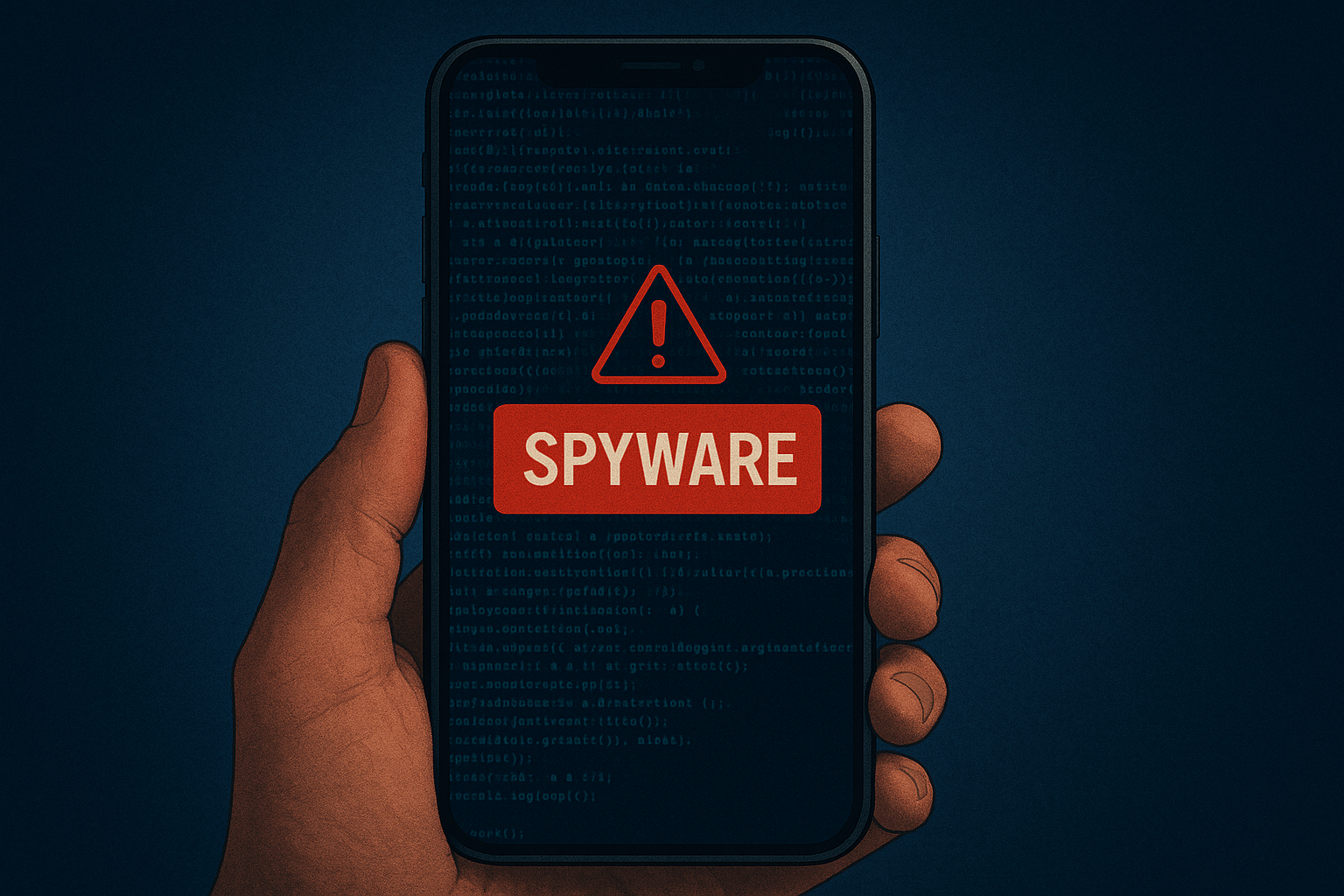A worm is a self-replicating, self-propagating, self-contained program that uses networking mechanisms to spread itself to other machines. Worms can spread through software vulnerabilities or arrive in attachments or malicious links in phishing emails. Once opened or clicked, malware can automatically download onto your device. Once installed, the worm silently goes to work and infects the machine without the user’s knowledge.
Worms can modify and delete files, and they can even inject additional malicious software onto a computer. Sometimes a computer worm’s purpose is only to make copies of itself over and over, depleting system resources, such as hard drive space or bandwidth, by overloading a network. Worms can also steal data, install a backdoor, and allow a hacker to gain control over a computer and its system settings.
Your business needs to take proactive measures today to first reduce its chances of being hit by ransomware, phishing, or other cybersecurity attacks like Worms. Secondly, validate backups and disaster recovery plans are current and functioning in case you end up hit with ransomware. CyberHoot recommends the following best practices to avoid, prepare for, and prevent damage from these attacks:
Start building your robust, defense-in-depth cybersecurity plan at CyberHoot.
Source: CNSSI 4009, Norton
Related Terms: Trojan Horse, Malware
CyberHoot does have some other resources available for your use. Below are links to all of our resources, feel free to check them out whenever you like:
Note: If you’d like to subscribe to our newsletter, visit any link above (besides infographics) and enter your email address on the right-hand side of the page, and click ‘Send Me Newsletters’.
Discover and share the latest cybersecurity trends, tips and best practices – alongside new threats to watch out for.

Cybercriminals always follow Internet eyeballs. Not literally, but figuratively. And today's eyeballs are...
Read more
Active Attacks on Messaging Apps The Cybersecurity and Infrastructure Security Agency (CISA) recently issued...
Read more
The world of work has changed enormously since COVID-19. Gone are the days when IT admins sat behind a corporate...
Read moreGet sharper eyes on human risks, with the positive approach that beats traditional phish testing.
